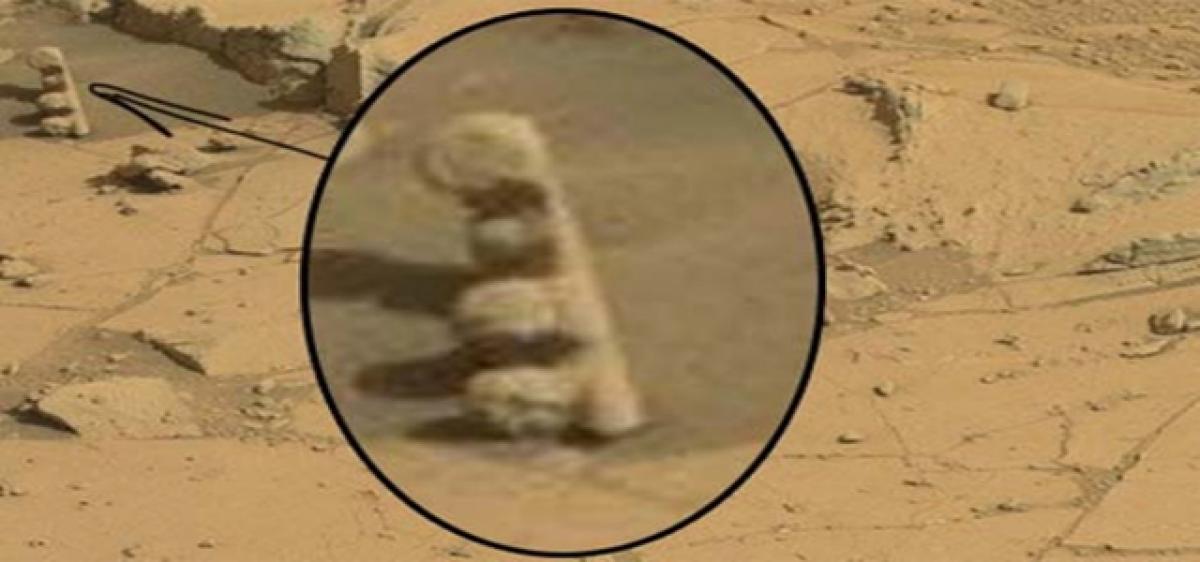Live
- Job fair for pharmacist roles tomorrow
- New ration cards to be issued in January
- Job mela at Masab Tank tomorrow
- New toilets facilitated for MPP school students
- Steps to safeguard natural springs gain momentum
- RWAs want officials to clear fog over SCB-GHMC merger
- Tanks, canals remain neglected despite execution of MGNREGS works
- BRS to celebrate Deeksha Diwas on Nov 29, Dec 9
- NCC Day grandly celebrated at SITAM
- CITU demands rollback of strategic sale of VSP
Just In

NASA\'s Curiosity Mars rover has sent back spectacular colour images of layered rock formations on the Red Planet. Curiosity, which is currently exploring the \"Murray Buttes\" region of lower Mount Sharp, took the images with its Mast Camera (Mastcam).
New York: NASA's Curiosity Mars rover has sent back spectacular colour images of layered rock formations on the Red Planet. Curiosity, which is currently exploring the "Murray Buttes" region of lower Mount Sharp, took the images with its Mast Camera (Mastcam).
The new images represent Curiosity's last stop in the Murray Buttes, where the rover has been driving for just over one month, NASA said. "Curiosity's science team has been just thrilled to go on this road trip through a bit of the American desert southwest on Mars," said Curiosity Project Scientist Ashwin Vasavada of NASA's Jet Propulsion Laboratory at Pasadena, California.
The Martian buttes and mesas rising above the surface are eroded remnants of ancient sandstone that originated when winds deposited sand after lower Mount Sharp had formed. "Studying these buttes up close has given us a better understanding of ancient sand dunes that formed and were buried, chemically changed by groundwater, exhumed and eroded to form the landscape that we see today," Vasavada said.
Curiosity landed near Mount Sharp in 2012. It reached the base of the mountain in 2014 after successfully finding evidence on the surrounding plains that ancient Martian lakes offered conditions that would have been favourable for microbes if Mars has ever hosted life.
Rock layers forming the base of Mount Sharp accumulated as sediment within ancient lakes billions of years ago. On Mount Sharp, Curiosity is investigating how and when the habitable ancient conditions known from the mission's earlier findings evolved into conditions drier and less favourable for life.

© 2024 Hyderabad Media House Limited/The Hans India. All rights reserved. Powered by hocalwire.com







